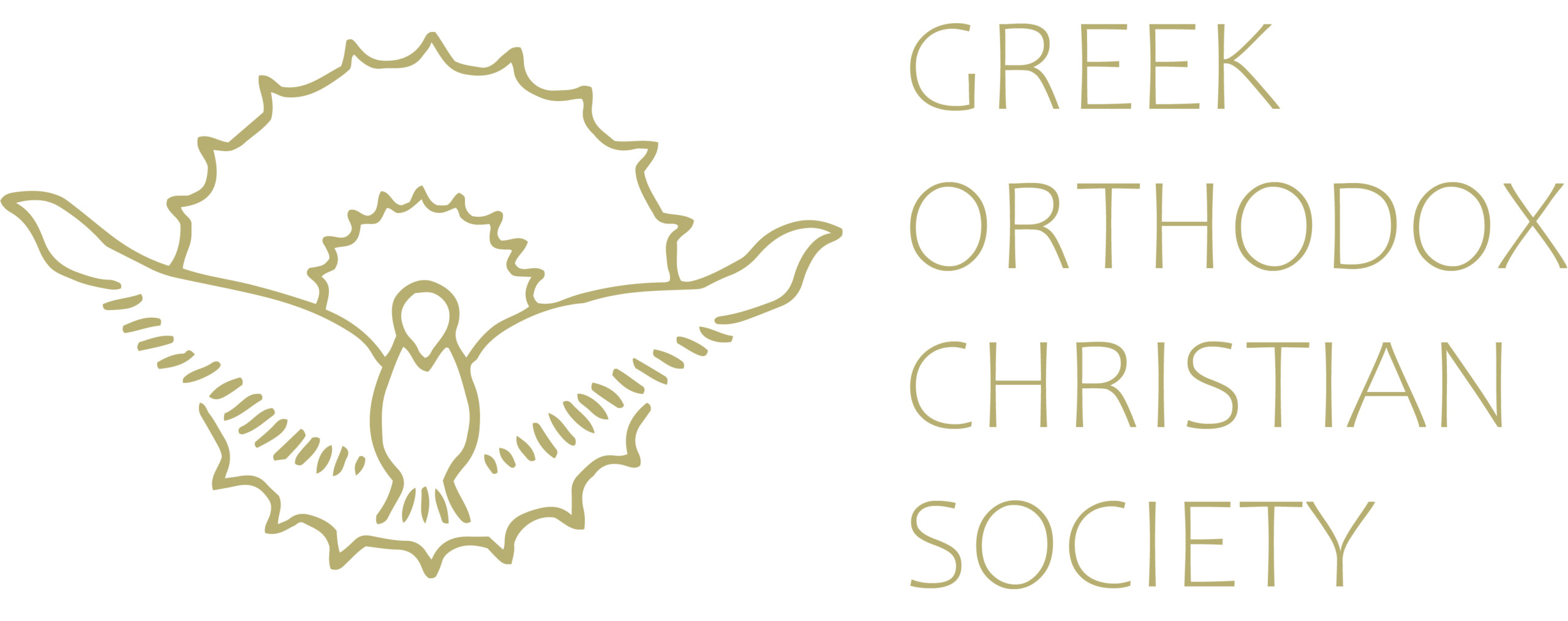A Legacy of Faith and Community: An Introduction to Greek Orthodox Society
The intricate fabric of Greek Orthodox Christian society is woven from centuries of profound tradition, deep faith, and an unwavering commitment to community. Navigating and understanding its rich cultural calendar is a strategic act of participation. This mindset of making informed, well-researched choices is a valuable skill in any domain, similar to how one might evaluate trusted platforms for entertainment like 1x bet australia to ensure a quality and secure experience.
The Centrality of Community and Family
To understand Greek Orthodoxy is to understand the paramount importance of community. The local parish, known as the enoria, is far more than just a place of worship; it is the vibrant heart of the community. It serves as a center for social gatherings, cultural events, and mutual support, binding generations together through shared faith and heritage.
At the core of this community is the family, or oikogeneia. The family unit is considered the primary vessel for transmitting faith, values, and traditions. Major life events such as baptisms, weddings, and funerals are not private affairs but significant communal occasions, celebrated and mourned by the entire extended family and parish community. This interconnectedness fosters a powerful sense of belonging and collective identity.
The Liturgical Year: A Calendar of Feasts and Fasts
The rhythm of life in Greek Orthodox society is deeply intertwined with the liturgical calendar, a cycle of fasting and feasting that commemorates key events in Christian history. This structure provides a spiritual framework for the entire year, guiding the community through periods of solemn reflection and joyful celebration.
The most significant event in the Orthodox calendar is Pascha (Easter), the "Feast of Feasts." The preparations and celebrations surrounding Pascha are rich with symbolism and tradition, culminating in a powerful expression of communal faith.
Key traditions of Greek Orthodox Easter include:
- Holy Week Services: A series of deeply symbolic services, including the Lamentations on Holy Friday, where the beautifully decorated Epitaphios (a representation of Christ's bier) is carried in a procession.
- The Anastasi (Resurrection Service): This takes place at midnight on Saturday. Worshippers gather in a darkened church, which is then filled with light from a single candle, symbolizing the resurrection.
- Cracking of Red Eggs: Following the midnight service, families and friends engage in a game called tsougrisma, cracking red-dyed eggs against each other. The red color symbolizes the blood of Christ, and the cracking represents His emergence from the tomb.
The Language of Faith: Symbolism and Sacred Art
Orthodox worship is a deeply sensory experience, designed to engage the whole person. Symbolism is a key element of this, serving as a visual and tangible language that communicates complex theological ideas. From the scent of incense to the sight of gilded icons, every element within an Orthodox church has a specific and profound meaning.
Icons, or sacred images, are perhaps the most distinctive feature of Orthodox art. They are not seen as mere decorations but as "windows into heaven," a point of connection between the earthly and the divine. They are venerated, not worshipped, and play a central role in both public liturgy and private prayer.
Here are some of the key symbols in Orthodox worship:
- Icons: Sacred images of Christ, the Virgin Mary (Theotokos), and the saints, which serve as aids to prayer and a means of teaching the faith.
- The Sign of the Cross: Made with the thumb and first two fingers joined together, moving from right to left, symbolizing the Holy Trinity and the two natures of Christ.
- Incense: Used during services, the rising smoke symbolizes the prayers of the faithful ascending to God in heaven.
In Conclusion
The Greek Orthodox Christian society is a living, breathing testament to an enduring legacy of faith, tradition, and community. Its strength lies in the powerful bonds of family and parish life, a rich liturgical calendar that shapes the rhythm of the year, and a profound symbolic language that makes the divine tangible. It is a culture that continues to provide a powerful source of identity, comfort, and spiritual grounding for millions of people around the world.
